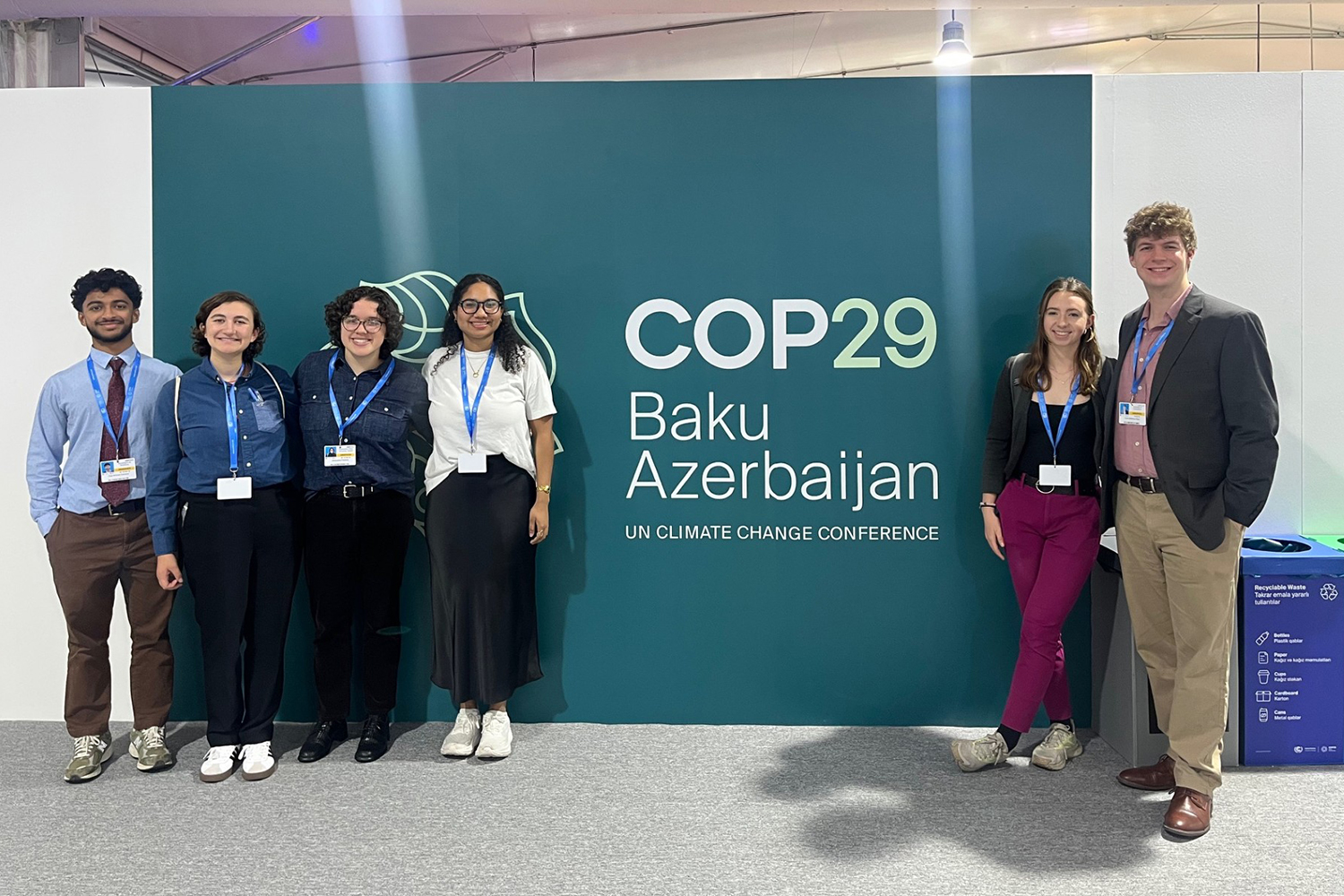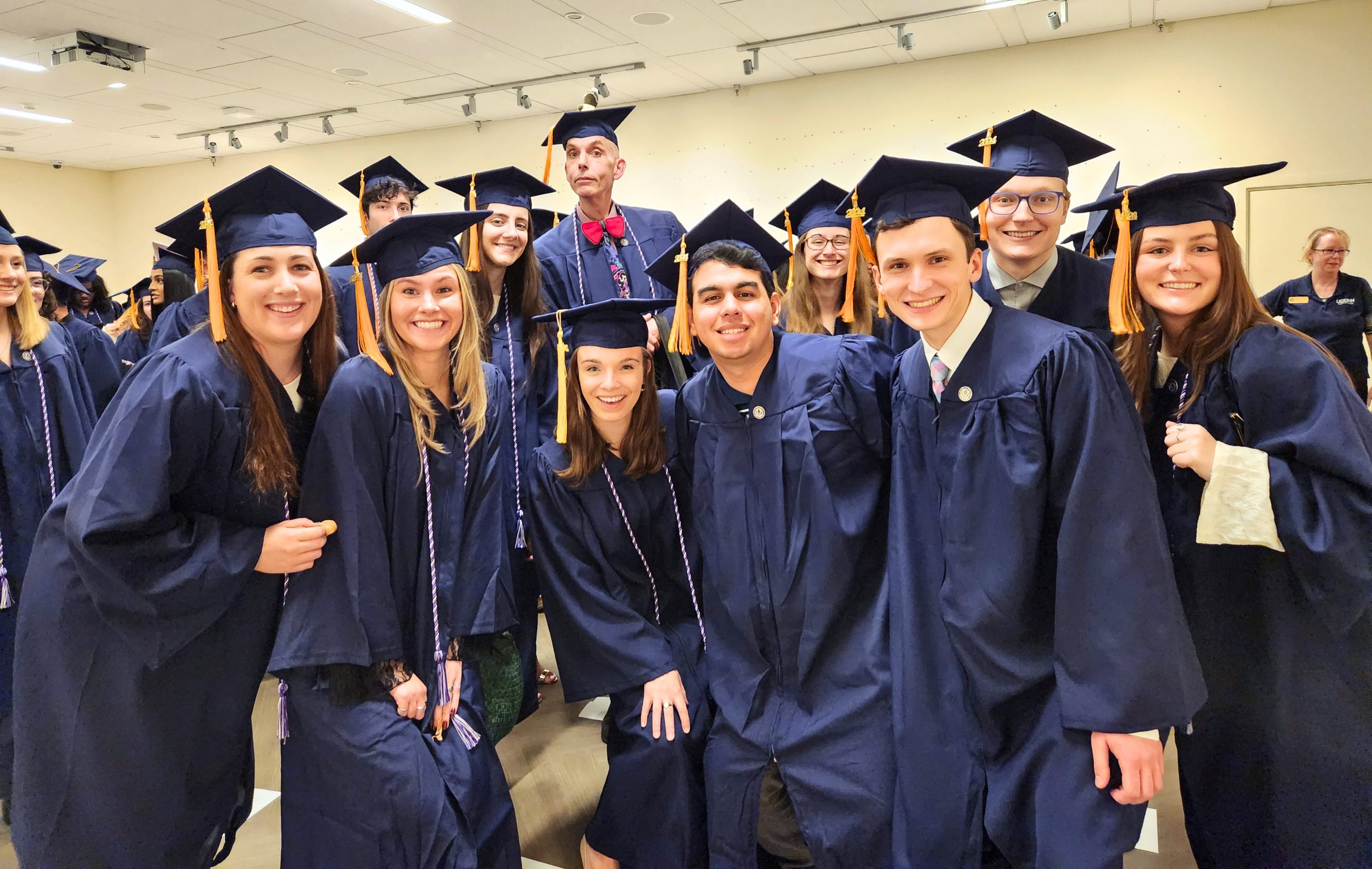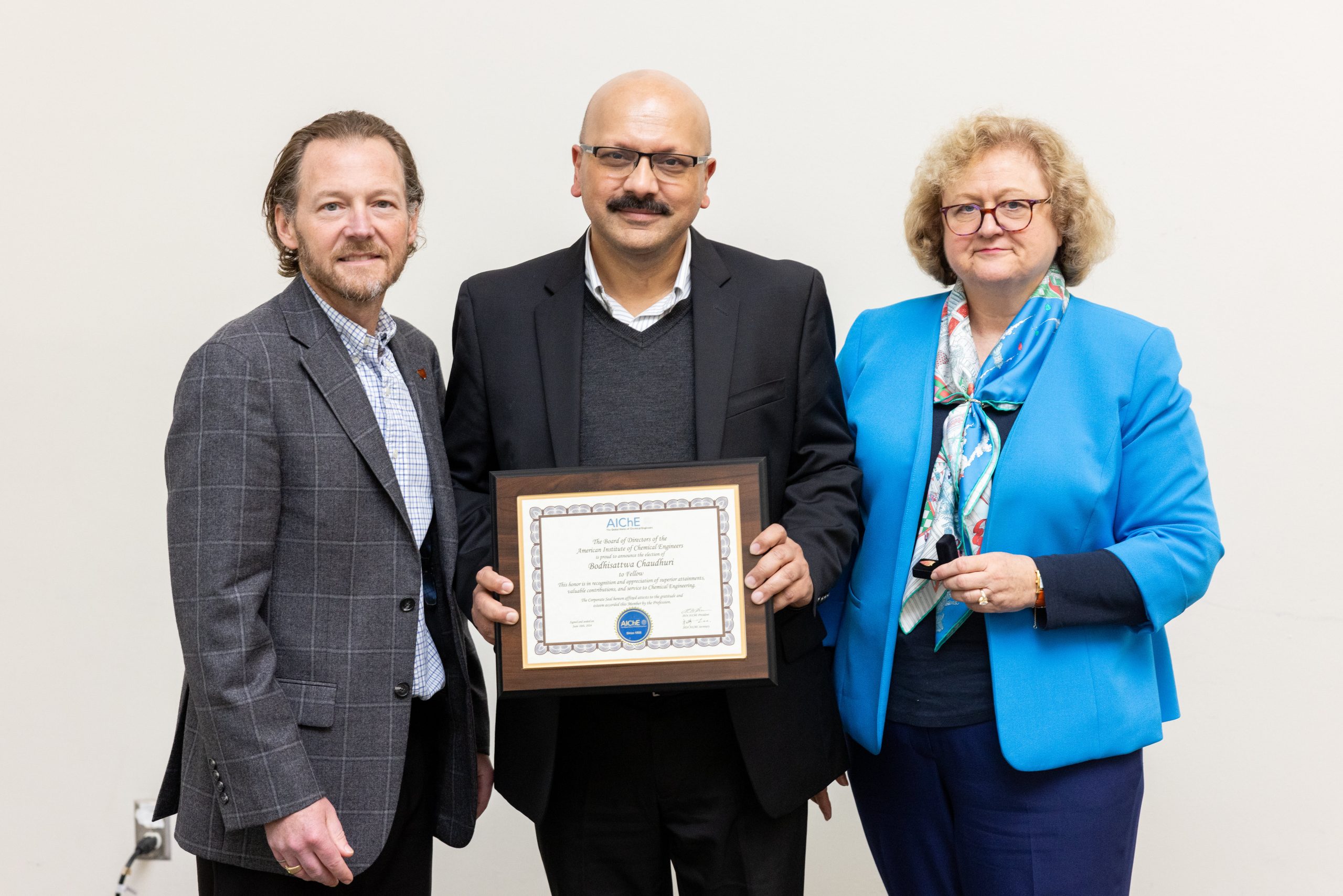The University of Connecticut is joining five other colleges and universities to raise money for cancer research. UConn Health will use its part of the money to develop a vaccine for triple-negative breast cancer, one of the deadliest forms of the disease. Here, UConn Today explores the details of cancer vaccine development with Carole and Ray Neag Comprehensive Cancer Center Director and School of Medicine Professor Pramod Srivastava.
Why develop a vaccine for triple negative breast cancer?
Dr. Srivastava: A lot of progress has been made in treatment of breast cancer in general. There are three common targets for treatment, depending upon the characteristics of each individual patient’ breast cancer; estrogen receptor, progesterone receptor, and HER2. We have medicines against each of these targets. But if a woman’s breast cancer has none of these targets, we call it triple negative, and we don’t have as good medicines for her. That is why triple negative breast cancer is so challenging; it has the worse prognosis, and it is the highest unmet need in breast cancer.
How long have you been working on a vaccine for triple negative breast cancer?
Dr. Srivastava: We have been working on a triple negative breast cancer vaccine for two or three years. We have been using mouse models primarily. Vaccines are normally given to people who are healthy. But for breast cancer, we make vaccines for people who already have the disease. After people are treated for breast cancer with surgery or chemotherapy, the disease often comes back. We hope a vaccine will prevent the disease from ever coming back, or at a minimum, will delay the recurrence.
The triple negative breast cancer vaccines with which we are experimenting in mice, stimulate the immune system to prevent the disease from recurring.
The familiar vaccines we use for viruses would look for a unique molecule on the virus that the immune system could latch onto—what would a vaccine for triple negative breast cancer look for?
Dr. Srivastava: We sequence all the genes in the tumor, and we also sequence all the genes in the normal breast tissue. We compare them to find what is unique to the tumor, and we make a vaccine that targets that uniqueness. We are looking for differences between cancerous and normal breast tissue for individual patients; it would be cumbersome to make vaccines for individual patients, but we certainly could. We are also looking for differences that are common to all triple negative breast cancers, so that we can make an off-the-shelf vaccine. We are looking at every possibility.
You have worked on ovarian cancer vaccines in the past. How does that inform your work on the triple negative breast cancer vaccine?
Dr. Srivastava: We were making individual vaccines for women with ovarian cancer. We had accrued four patients in that clinical trial. Unfortunately, that clinical research had to be shut down during the pandemic. Some of the approaches we took for ovarian cancer are similar to what we are doing for the triple negative breast cancer vaccine. Our broader focus is on the most lethal cancers of women. Ovarian cancer is often lethal for women, and there are few good treatments. Triple negative breast cancer is also often lethal, and we need good treatments for it.
How close are you to developing a triple negative breast cancer vaccine that can be tested in women?
Dr. Srivastava: We are already analyzing samples of women’s breast cancers. We are perhaps about two years away from starting a clinical trial for triple negative breast cancer vaccines.



